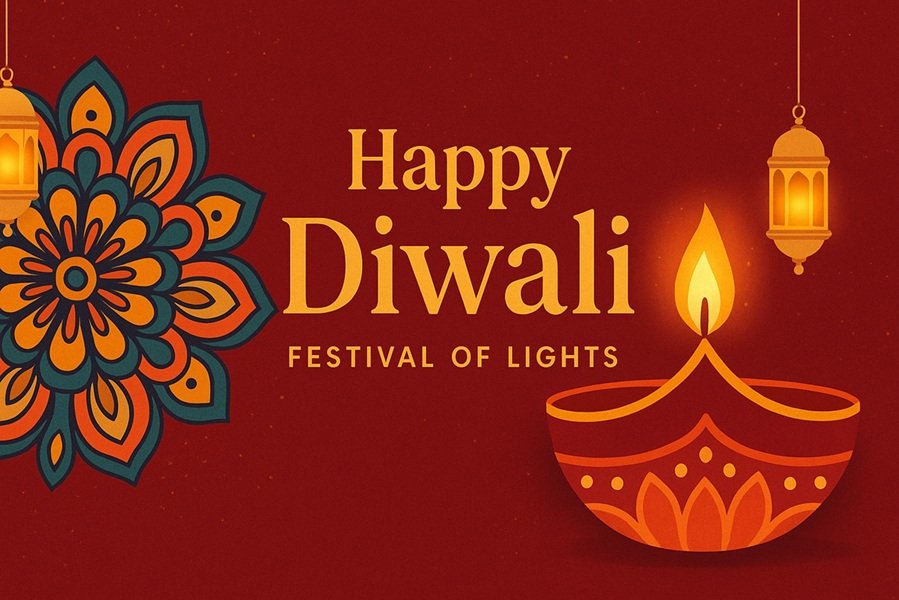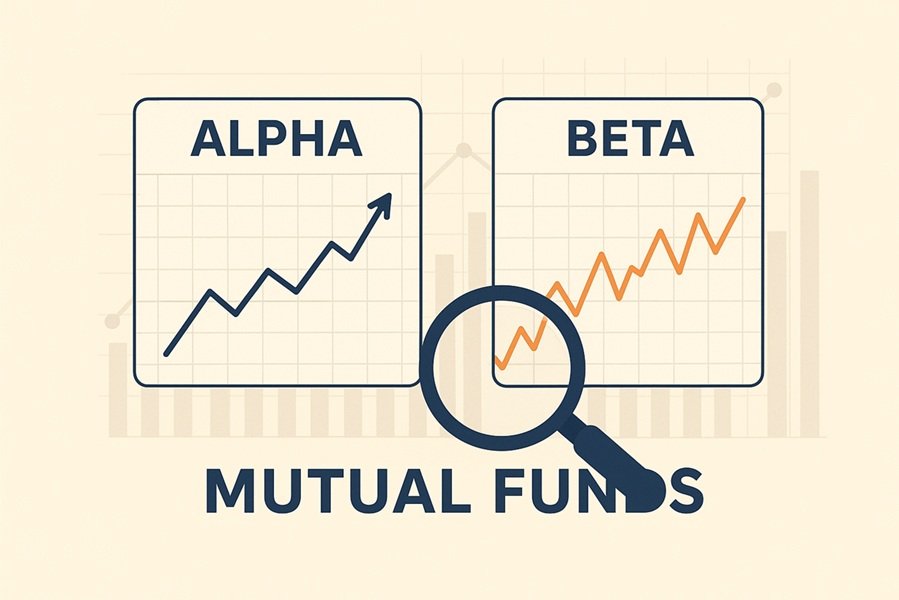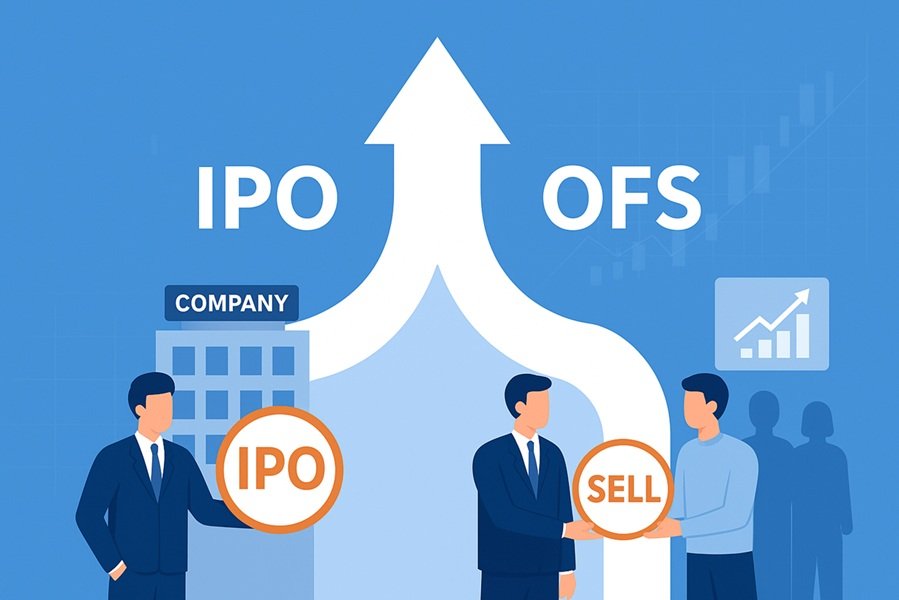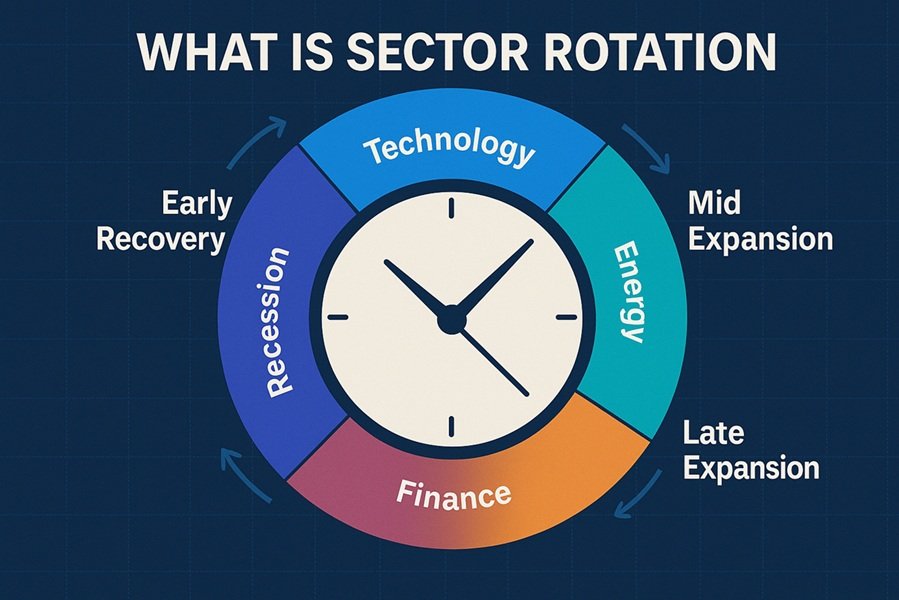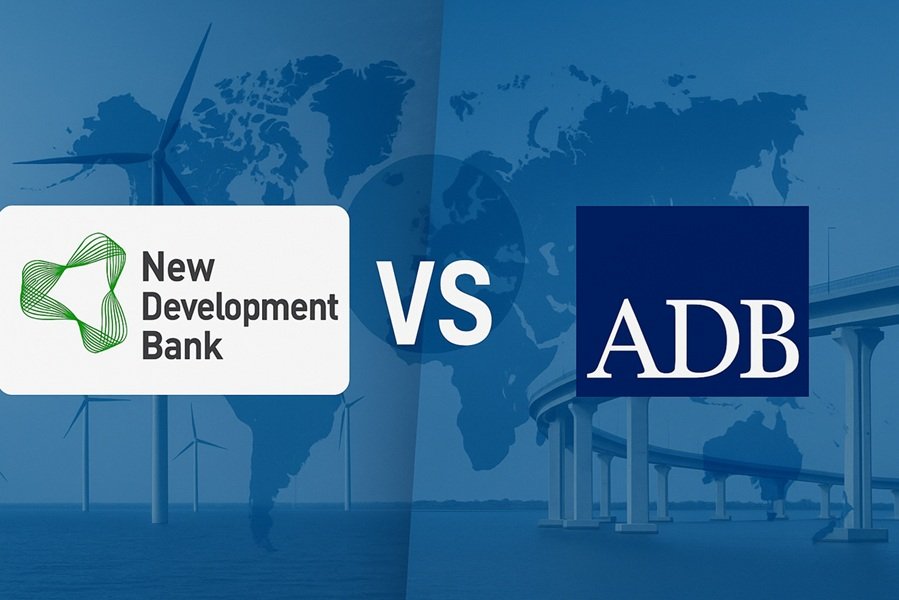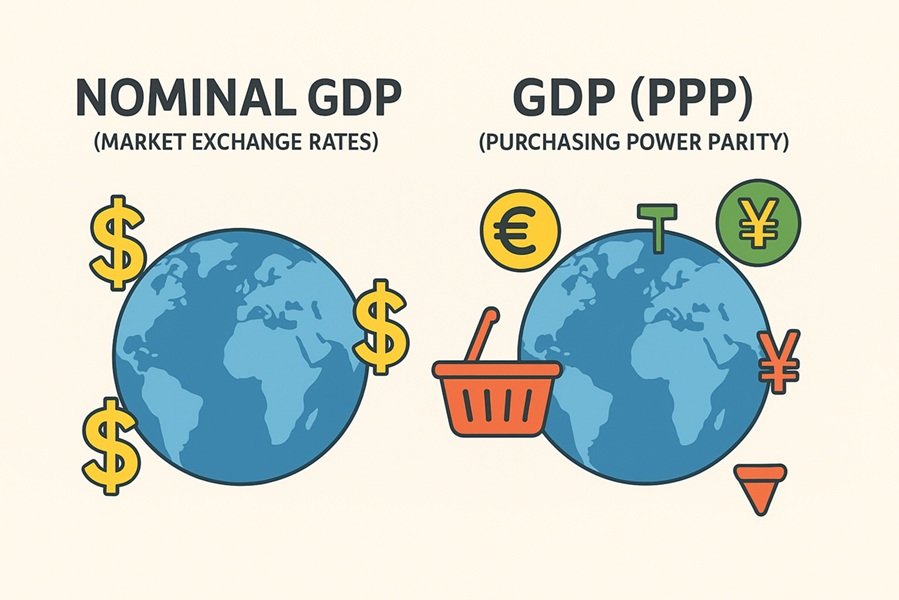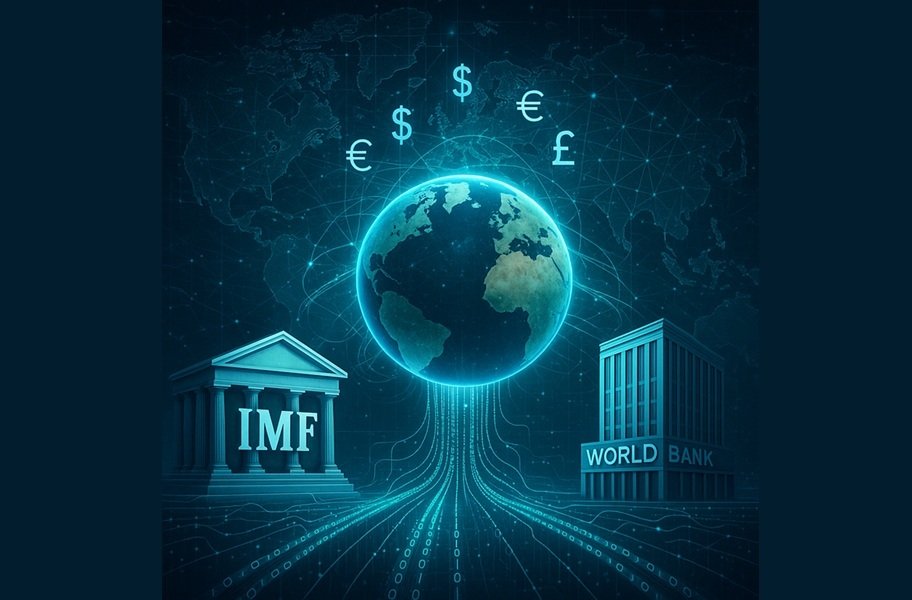
Introduction
When discussing global economic governance, two names dominate the conversation — the International Monetary Fund (IMF) and the World Bank. Both were created at the Bretton Woods Conference in 1944 to rebuild and stabilize the post–World War II global economy.
Despite being born together and often mentioned in the same breath, the IMF and World Bank have distinct purposes. The IMF primarily ensures global monetary stability, while the World Bank focuses on long-term economic development and poverty reduction.
This article explores their foundations, structures, roles, and major differences, along with how they continue to influence modern economies.
Historical Background — The Bretton Woods Agreement
In July 1944, representatives from 44 nations met in Bretton Woods, New Hampshire (USA), to design a new international economic order. The world had suffered from the Great Depression and two devastating wars, which highlighted the need for coordinated financial governance.
The conference led to the creation of:
- International Monetary Fund (IMF) — to maintain global monetary cooperation and exchange rate stability.
- International Bank for Reconstruction and Development (IBRD) — later known as the World Bank, to fund post-war reconstruction and development projects.
Both institutions were headquartered in Washington D.C., symbolizing post-war U.S. leadership in the global economy.
1. International Monetary Fund (IMF) — Guardian of Global Financial Stability
Purpose and Mandate
The IMF’s core objective is to ensure the stability of the international monetary system — the system of exchange rates and international payments that enables global trade and investment.
Its main goals include:
- Promoting international monetary cooperation
- Ensuring exchange rate stability
- Facilitating balanced growth of global trade
- Providing financial assistance to countries facing balance of payments crises
Structure and Membership
- Members: 190 countries (as of 2025)
- Governing Bodies:
- Board of Governors (one representative from each member state)
- Executive Board (24 directors overseeing daily operations)
- Managing Director (traditionally European, currently Kristalina Georgieva since 2019)
Funding Mechanism
IMF resources come primarily from member quotas — each country contributes funds proportionate to its economic size.
- Quotas determine a member’s voting power, financial commitment, and borrowing capacity.
- The IMF also borrows temporarily from member countries to expand its lending pool.
Functions of the IMF
- Surveillance
- Monitors global, regional, and national economic trends.
- Publishes reports like the World Economic Outlook and Global Financial Stability Report.
- Financial Assistance
- Provides short- and medium-term loans to stabilize economies in crisis (e.g., during currency collapse or fiscal deficit).
- Programs are often tied to economic reforms known as structural adjustment policies.
- Technical Assistance and Capacity Development
- Offers training in fiscal management, monetary policy, and financial regulation.
Example Cases
- IMF Bailout to Greece (2010–2015) during the Eurozone crisis.
- IMF support to Sri Lanka (2022–2023) for debt restructuring and fiscal reforms.
- Pakistan (2019 & 2023) — received multiple loan packages to stabilize its economy.
2. The World Bank — Catalyst for Development and Poverty Reduction
Purpose and Mandate
Unlike the IMF, the World Bank focuses on long-term development projects aimed at reducing poverty, building infrastructure, and promoting sustainable growth in developing countries.
Its mission is to create a world free of poverty and hunger through inclusive, resilient, and sustainable development.
Structure and Membership
The World Bank Group comprises five institutions, but the two most significant are:
- International Bank for Reconstruction and Development (IBRD) — lends to middle-income and creditworthy low-income countries.
- International Development Association (IDA) — provides interest-free loans and grants to the poorest countries.
Other arms include:
- IFC (International Finance Corporation) — promotes private sector development.
- MIGA (Multilateral Investment Guarantee Agency) — provides investment insurance.
- ICSID (International Centre for Settlement of Investment Disputes) — handles disputes between governments and investors.
Funding Mechanism
The World Bank raises money through:
- Capital contributions from member countries.
- Borrowing from international capital markets using its AAA credit rating.
- Loan repayments and interest from previous borrowers.
Focus Areas of the World Bank
- Infrastructure Development
- Roads, electricity, water supply, and transportation systems.
- Education and Health
- Primary education, vaccination programs, and hospital construction.
- Agriculture and Rural Development
- Irrigation systems, food security, and sustainable farming.
- Environmental and Climate Action
- Renewable energy projects, disaster management, and carbon reduction.
- Governance and Institutional Strengthening
- Capacity building for public institutions and policy reforms.
Example Projects
- Green Energy Transition in India — supporting solar and renewable projects.
- Bangladesh Health and Education Initiatives — improving literacy and healthcare.
- Africa’s Digital Connectivity Projects — expanding internet access and digital literacy.
3. IMF vs World Bank — Key Differences
| Basis | IMF | World Bank |
|---|---|---|
| Primary Objective | Global monetary stability | Long-term development and poverty reduction |
| Main Function | Short-term balance of payments support | Long-term funding for development projects |
| Type of Assistance | Financial aid to stabilize economies | Loans, grants, and technical support for infrastructure and growth |
| Funding Source | Member quotas and borrowings | Capital markets and member contributions |
| Loan Duration | Short- to medium-term | Long-term (20–30 years) |
| Conditionality | Structural adjustment and fiscal reforms | Project-specific or policy-based loans |
| Beneficiary Focus | Any country facing financial crisis | Developing and low-income countries |
| Governance | Quota-based voting (reflecting economic power) | Weighted voting based on capital contribution |
| Established | 1944 (operational in 1945) | 1944 (operational in 1946) |
| Headquarters | Washington D.C., USA | Washington D.C., USA |
| Leadership Tradition | European Managing Director | American President |
4. Complementary Roles — How IMF and World Bank Work Together
While their mandates differ, the IMF and World Bank often collaborate in stabilizing and rebuilding economies:
- IMF provides short-term liquidity to help countries overcome financial crises.
- World Bank follows with long-term funding to rebuild infrastructure and strengthen institutions.
Example:
- During the Asian Financial Crisis (1997), both worked to stabilize economies like Thailand and Indonesia.
- In Africa, IMF’s macroeconomic programs are complemented by World Bank’s social and infrastructure projects.
Together, they act as two pillars of the international financial system — one focusing on stability, the other on development.
5. Criticisms and Controversies
IMF Criticisms
- Austerity Measures: Critics argue IMF-mandated fiscal cuts often hurt social welfare and public services.
- Western Dominance: Voting power heavily favors advanced economies, especially the U.S. and Europe.
- One-Size-Fits-All Policies: Structural reforms may not suit diverse economies.
World Bank Criticisms
- Environmental and Social Concerns: Large infrastructure projects sometimes displace communities.
- Debt Dependency: Poor nations may accumulate long-term debt burdens.
- Conditionality: Some loans require policy changes that may not align with local needs.
Despite these criticisms, both institutions remain central to global economic cooperation.
6. Reforms and Future Challenges
IMF Reforms
- Efforts to increase voting power of developing nations.
- Focus on climate-related financial risks.
- Exploration of digital currencies and global payment systems.
World Bank Reforms
- Prioritizing green development and climate finance.
- Enhancing private sector partnerships.
- Strengthening anti-corruption measures in loan utilization.
Both institutions are adapting to modern challenges such as climate change, debt distress, and digital globalization.
Conclusion — Two Pillars of Global Economic Governance
The IMF and World Bank were born from the same vision — a stable and prosperous post-war world.
Over the decades, their roles have evolved: the IMF guards financial stability, while the World Bank builds the foundations for growth.
Though often criticized for their Western dominance and conditionalities, they continue to play vital roles in supporting developing economies, stabilizing crises, and financing global development goals.
As the world faces challenges like climate change, inequality, and debt traps, the relevance of these institutions will depend on how effectively they adapt to a multipolar, digital, and sustainable global economy.

